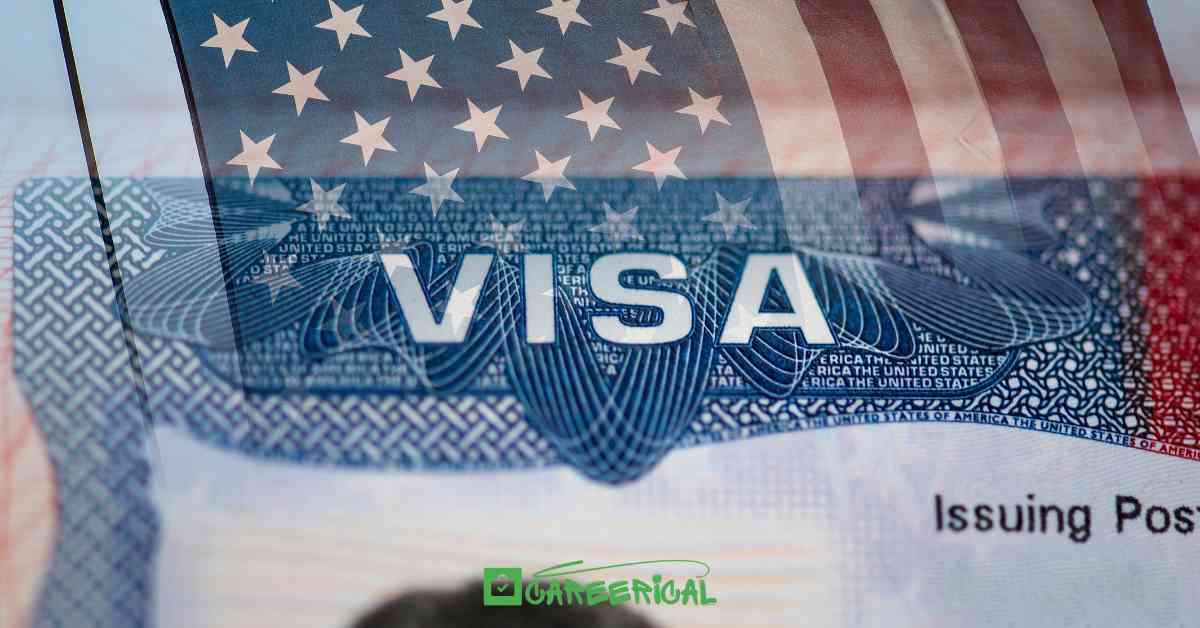🇺🇸 U.S. Visitor Visa (B-1/B-2) 2025: New Rules, Higher Fees, and Interview Changes Explained
Planning a trip to the United States in 2025? Whether it’s for tourism, family visits, or business meetings, the B-1/B-2 Visitor Visa process has changed significantly. These new updates affect nearly every applicant, so it’s essential to understand the revised rules before submitting your application.
Here’s a detailed look at what’s new and what it means for your travel plans this year.
Key Updates to the U.S. Visitor Visa Program in 2025
The U.S. government has introduced several policy changes affecting visa applicants worldwide. From tighter rules on interview waivers to increased application fees, here’s what you need to know.
Interview Waiver Program: Stricter Eligibility
As of February 18, 2025, the criteria for waiving interviews have been narrowed. Previously, visa holders whose visas expired within the last 48 months could skip the interview process. That window has now been reduced to 12 months.
Current Eligibility Applies Only to:
- A and G visa holders
- C-3 and NATO visa categories
- Certain TECRO E-1 applicants
While consular officers still have discretion, most applicants—especially those renewing after more than 12 months—must now attend in-person interviews.
Recommended for you: Your Ultimate Guide to Navigating the US Student Visa Application Process
Visa Fees Have Increased
Effective 2025, the application fee for a B-1/B-2 visitor visa has risen from $160 to $185. In addition to the base fee, applicants should also budget for other costs such as:
- Document preparation
- Travel to and from embassies
- Courier and processing fees
This fee hike, combined with longer processing times, has made travel planning more expensive for many.
Potential Travel Restrictions for 41 Countries
Under an Executive Order signed in early 2025, the U.S. has introduced a new vetting policy for incoming travelers. Up to 41 countries may face additional restrictions or even full bans, depending on their cooperation with U.S. security protocols.
While specific countries haven’t been named yet, advocacy groups have expressed concern that this could lead to disproportionate impacts on certain regions, particularly Muslim-majority nations.
New Challenges for Trans and Nonbinary Applicants
Starting January 2025, the U.S. has paused processing passports with an “X” gender marker. This has created delays and complications for transgender and nonbinary individuals whose identity documents do not align with traditional gender markers used in visa forms.
Travelers in this category should be aware of possible disruptions during the visa application process.
Updated U.S. Visitor Visa Application Process
If you’re applying for a B-1/B-2 visa in 2025, here are the revised steps:
- Complete the DS-160 Form: Submit it online with accurate, detailed information.
- Pay the New Fee: $185 for the B-1/B-2 category.
- Book Your Appointment: Prepare for extended wait times, especially in high-demand regions.
- Visit the Visa Application Center: For biometric data collection.
- Attend the Interview: Bring organized documents, including your travel plans, financial statements, and proof of intent to return.
- Wait for a Decision: Processing times may be longer than in previous years due to enhanced screening measures.
What These Changes Mean for Travelers in 2025
| Change | Impact |
|---|---|
| Interview waivers restricted to 12 months | Most renewals now require interviews |
| Visa fee increased to $185 | Higher overall travel costs |
| Passport gender marker policy paused | Affects transgender and nonbinary applicants |
| New vetting rules pending | Possible bans or delays for applicants from certain countries |
Ready to Apply?
If you’re planning to travel to the U.S. in 2025, stay informed and prepare early. Follow the updated process and ensure all documents meet current requirements.
Apply here:
https://travel.state.gov/content/travel/en/us-visas/tourism-visit/visitor.html
More Opportunities:


Post Comment